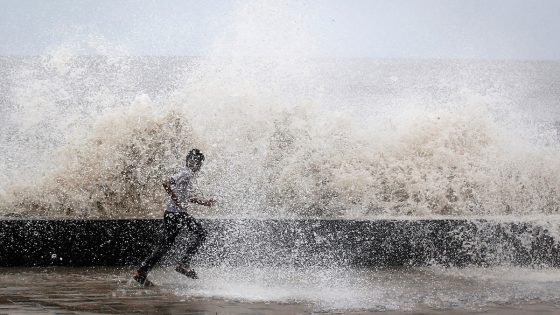A recent comprehensive study has highlighted India’s significant vulnerability to climate change, with potentially severe consequences for millions of citizens by the end of the century.
The Lancet research, which includes India as a key case study, paints a sobering picture of the environmental challenges facing the world’s most populous nation.
By 2100, under a 2°C global temperature rise scenario, an estimated 60 million Indians could be at risk from rising sea levels.
Even in a more optimistic 1.5°C warming scenario, about 80 million people may experience extreme heat conditions, with mean annual temperatures surpassing 29°C – a threshold considered the upper limit of the historically conserved human climate niche.
The study also raises alarms about India’s exposure to dangerously high wet bulb temperatures, which could exceed safe limits for human heat stress in many regions. Beyond climate-specific threats, the research reveals widespread environmental degradation affecting billions of Indians.
As of 2020, approximately 1 billion people in India were living in areas unable to provide sufficient ecosystem services crucial for well-being, falling outside safe boundaries for biosphere integrity.
Water scarcity emerges as a critical issue, with over 800 million Indians affected by unsafe surface and groundwater conditions. This crisis is driven by extensive water withdrawals for irrigation, dam construction, and unsustainable groundwater extraction.
Air pollution poses another significant threat, with over 1 billion Indians exposed to unsafe levels of PM2.5, a major air pollutant linked to severe health risks including respiratory and cardiovascular diseases. The study notes that aerosol pollution also impacts climate patterns, potentially weakening the Indian monsoon.
Additionally, the research highlights concerns about excess nitrogen and phosphorus, primarily from agricultural runoff, affecting over 60 million and 1 billion people respectively. These nutrients harm freshwater ecosystems and pose various health risks.
While the study provides crucial insights into India’s environmental challenges, the authors caution that these national-level estimates may lack the precision of localised studies.
Nevertheless, the findings points to the urgent need for comprehensive environmental policies and adaptation strategies to address India’s climate vulnerabilities and protect its vast population from impending ecological threats.
Source Agencies




